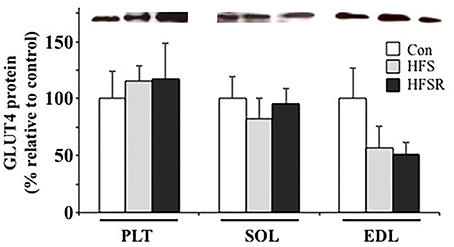
Inhaled, prophylactic resveratrol treatments can slow the rate of lung function decline, alveolar enlargement and alveolar epithelial type 2 cell DNA damage
For the 1st time inhaled resveratrol was shown to slow aging-related degenerative changes in mouse lung. Lung aging, characterized by airspace enlargement and decreasing lung function, is a significant risk factor for chronic human lung diseases. The study is published online in the journal Thorax. Resveratrol (RSL), a chemical found in red wine, is an antimicrobial chemical substance produced by plants to protect against infection and stress-related changes. It has previously been shown to support muscle metabolism when given orally.
RSL prophylaxis by inhalation was a novel measure taken by the research team as a potential approach f...
Read More









Recent Comments